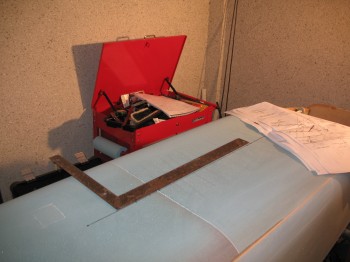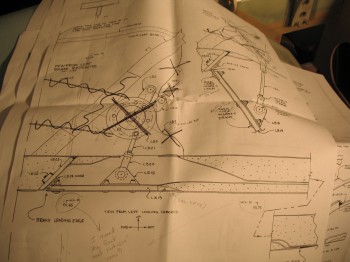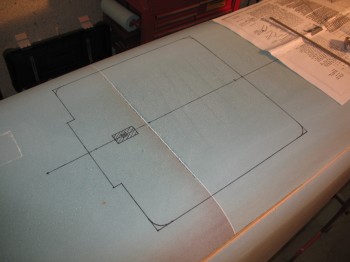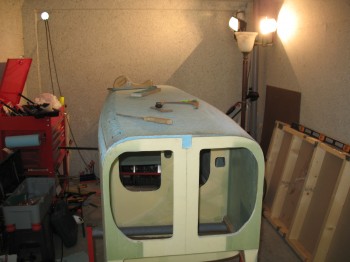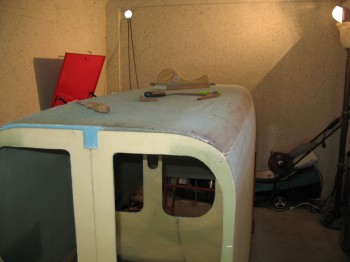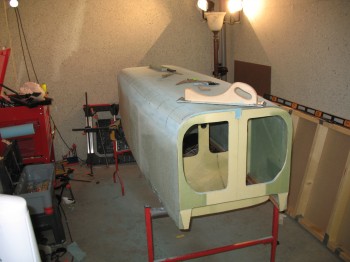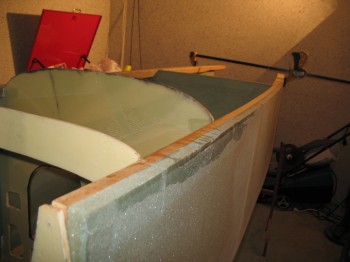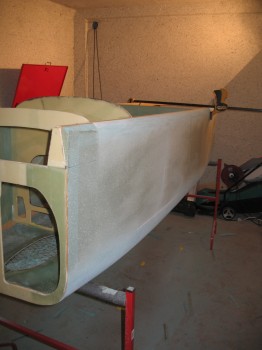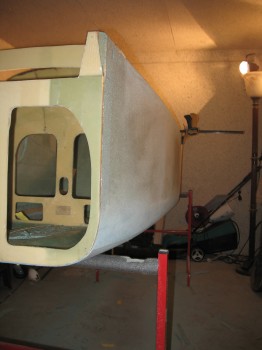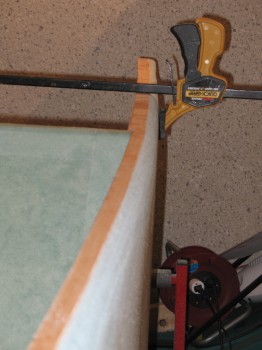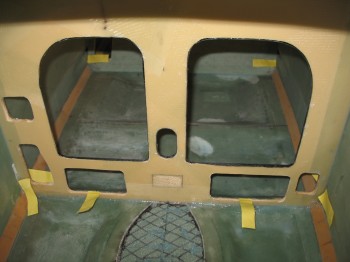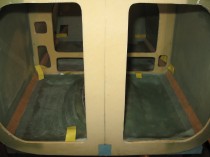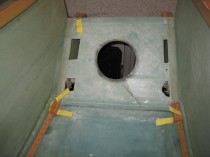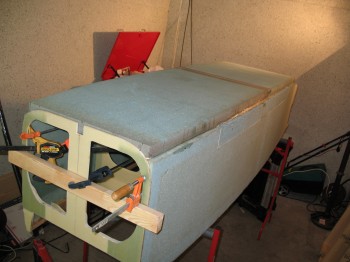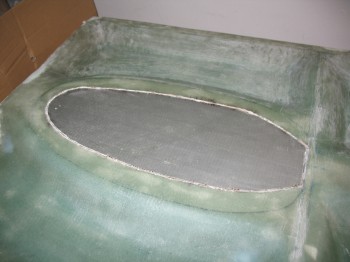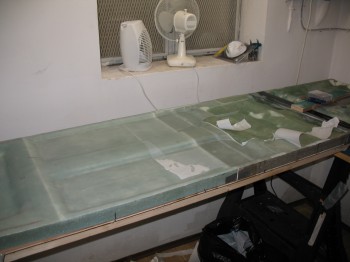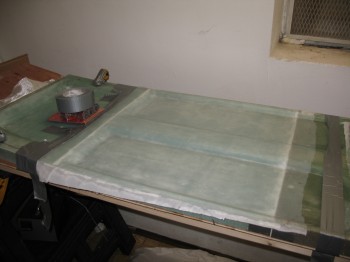You might be asking yourself, what the heck is “Section VI?” when the only references so far have been to the chapters within the build plans. Yeah, well, I think a lot of us builders asked that same question at one point as well. And, yes, the Section VI plans are a bit of an anomaly. These plans cover the construction of the Landing Brake and actually have their origins from the Vari-Eze plans (it even states Vari-Eze Section VI Plans on the front page). They are referred to in Chapter 9, the Main Gear plans. Thus… mystery solved!
I spent over an hour studying the Section VI plans to determine what applied and what is different since I’m using Jack Wilhelmson’s Electric Landing Brake Actuator. By using this actuator it wiped out a considerable amount of the Section VI plans.
The reason why the Landing Brake comes into the picture at this point is because a layer of tape—which a glass layup can’t bond to—must be laid out onto the surface of the fuselage foam in the shape of the landing brake BEFORE the fuselage is glassed. Since I marked out the fuselage centerline last night, it was simply a matter of finding the fore & aft measurement as to where to locate the Landing Brake. After I found the forward location of the fuselage I marked up the outline of the Landing Brake. FYI – my Landing Brake is 0.94″ forward from stock plans due to my moving my front seat that much forward to assist the shift in CG since I plan on using a heavier IO-320 engine.

